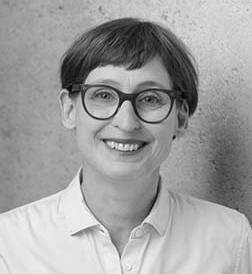Heritage Conservation and Building within Existing Fabric
Founded on social consensus and statutory mandate it behoves us in the public interest to care for, protect and conserve valuable and irreplaceable existing structures. But these listed building and monuments should not be wrenched out of real life, subjected to “petrification” as it were … this would contradict the core essence of a heritage conservation – which touches us in its diversity and richness in the accumulated temporal strata of its existence and claims its right to survival. Historical buildings are also resources that in both past and future posess a variety of benefits and likewise sustained effect as regards culture, economics, ecology and society. This is demonstrated in impressive settlement continuities, cities, villages and buildings, also squares, parks and gardens that have grown over the centuries. Handed down in trust to each following generation, they shape our living environment. They are important witnesses, creating a sense of identity essential for satisfying the human need for individual and collective memory and therefore enjoy our appreciation and affection.
The values of heritage conservation are complex, but are inaccessible only to those who are not prepared to engage with them. Architectural and artistic values play just as much a role as social and economic qualities and aspects of the history of technology. Atmosphere and moods count. The most far-reaching and authentic powers of expression emanating from a listed building or monument are ultimately bound to its substance. It is usually deemed essential to conserve it undiminished – even in this day and age ruled by image and images.
In our chair, we engage in the history and theory of the subject, but also in the practice-oriented coupling with interdisciplinary approaches and methods. From case to case, from task to task, from object to object, we have to take the relevant, appropriate and understandable measures to find conservation-compliant and tailor-made constructional solutions. This is the background against which the students are introduced to the broad-based special subject. The lessons are diverse in form and include lectures, seminars, exercises, excursions and on-site inspections. To show demonstrate that conservation and the need for change do not exclude each other, and to also show that the conservation doesn’t merely lead to petrification and museumisation of historical substances, we have special designing exercises also scheduled every semester.
Head of Research Unit & Professorship

E251-02 Monument Preservation and Building within Existing Structures
